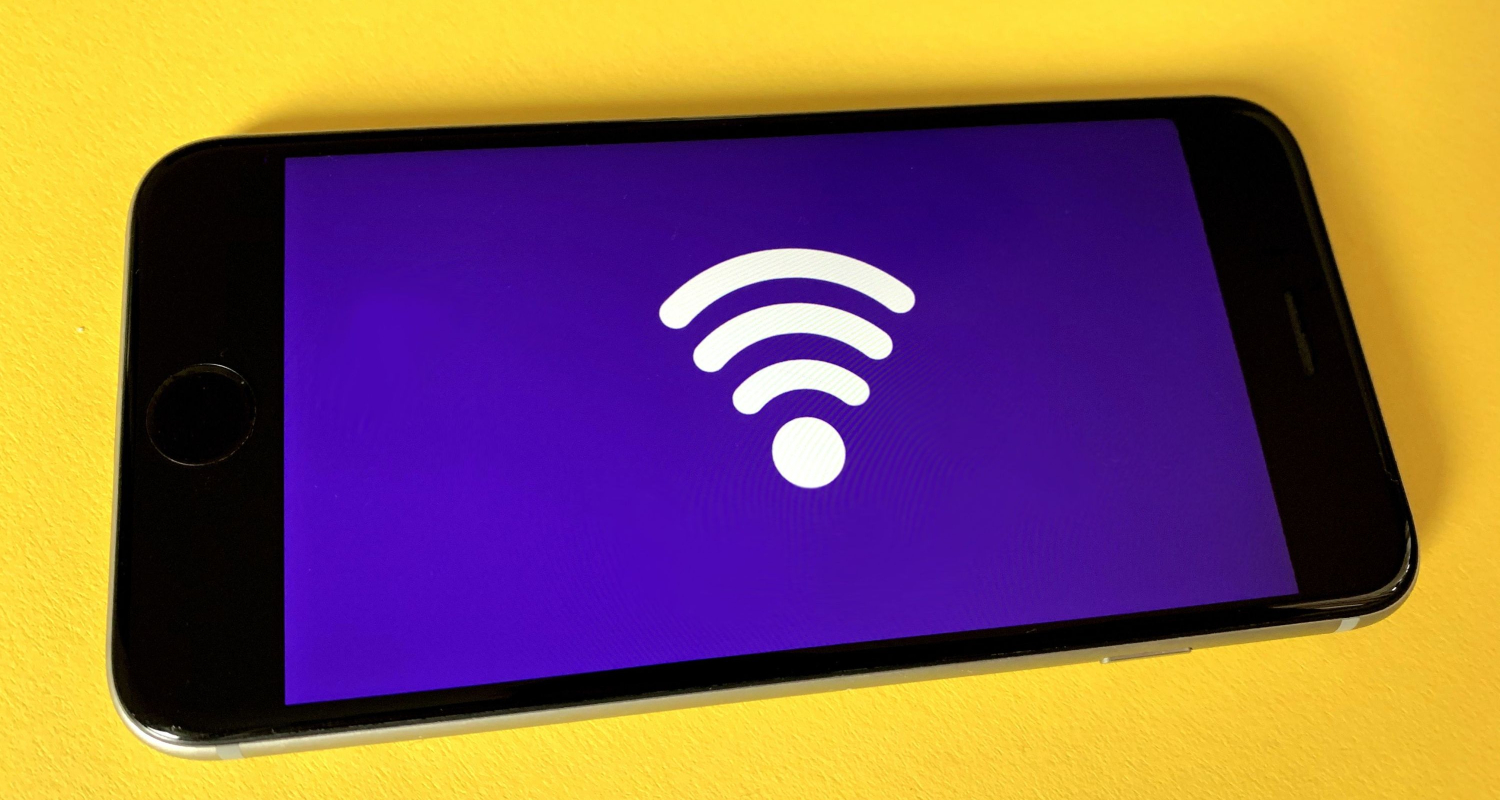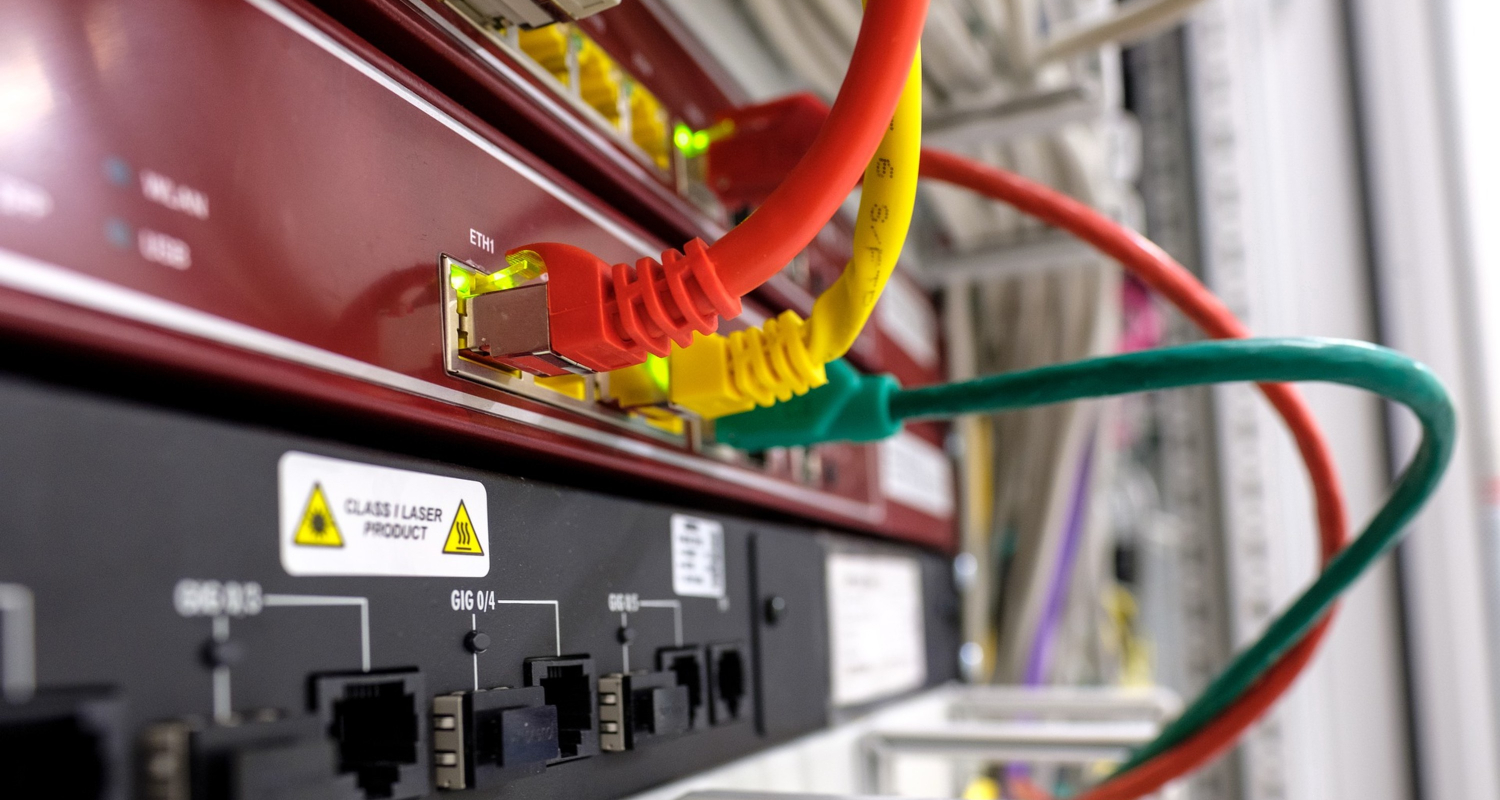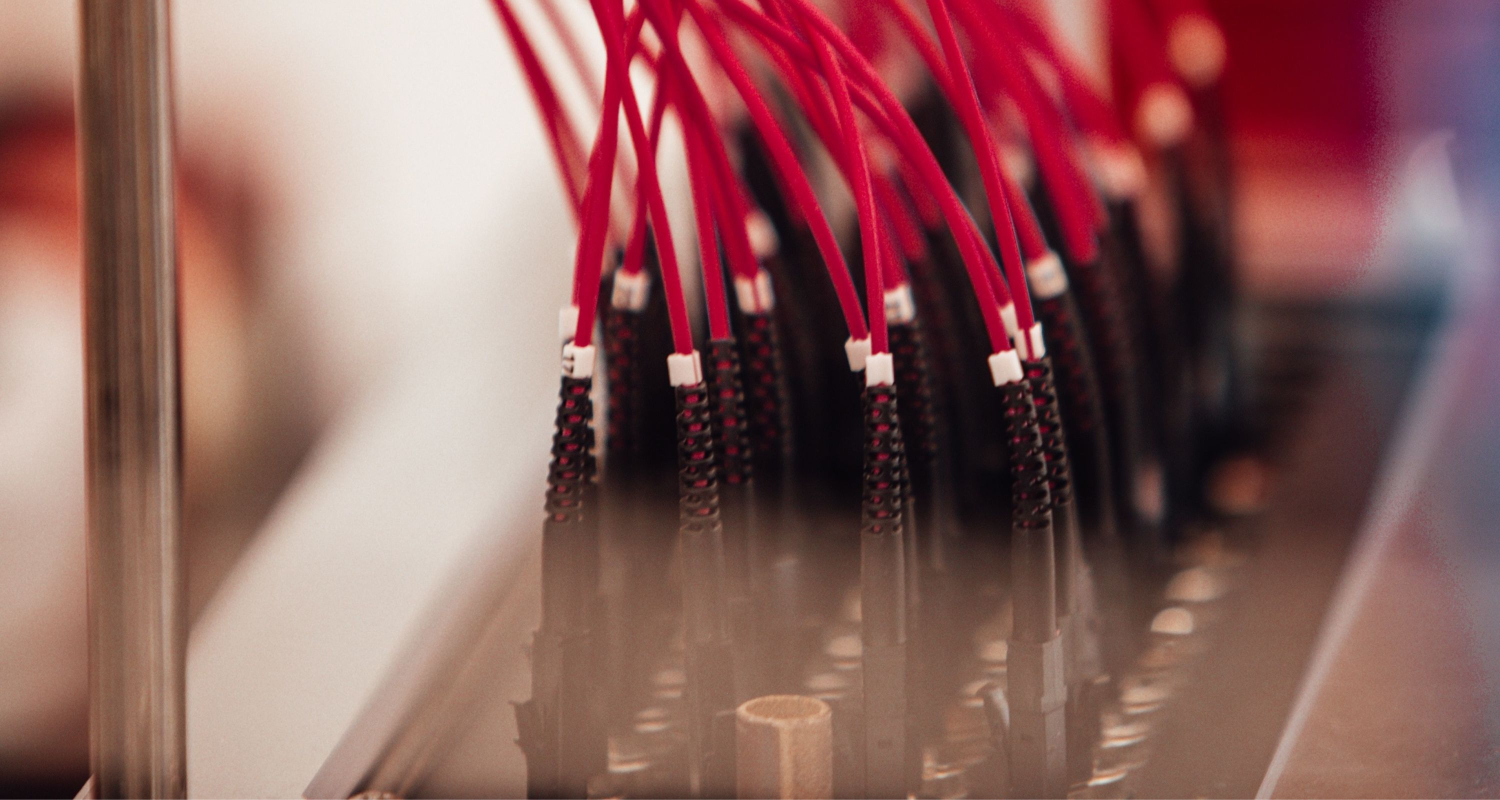Are you sick of having sluggish or inconsistent internet in rural places? Amidst nowhere, are you wondering how to get high-speed internet access? Let us see how to get high-speed internet in the middle of nowhere.
Although it might be difficult, there are ways to get high-speed internet in remote areas. Consider government initiatives, community projects, mobile hotspots, satellite internet, fixed wireless, and community programs to close the connectivity gap and provide fast internet to rural locations. Continue reading to learn more.
It is depressing that millions of people in rural regions still lack access to the internet, depriving them of the opportunities it provides in a world where connectedness is essential. The fast internet is necessary for social growth, the economy, healthcare, and education. This article offers everything you are looking for on how to get high-speed internet in the middle of nowhere. Also, Check Out Cable Services With No Credit Check Or Deposit.
See Also: DirecTV Free Accounts: Stream Favourite Shows Now
Understanding the Challenge
The “middle of nowhere” describes an area far from major cities or populated areas. It talks about places that need more services, supplies, and infrastructure. These areas typically need to be close to towns or cities, have limited transit options, and have a low population density.
In rural areas, several barriers make it difficult to access the internet. Common issues include the demand for a more robust telecommunications network infrastructure, limited or nonexistent electricity accessibility, geographical obstructions like mountains or dense forests obstructing signal transmission, and high installation and maintenance costs due to the need for an extensive network infrastructure.
Because of the low population density, it is not financially feasible for service providers to invest in the development and maintenance of internet infrastructure in these places.
The effects of bad internet, or none at all, are severe in remote areas. It impedes the flow of essential information, limits the alternatives for education, and affects economic progress. If online learning resources are not more readily available to them, students in these disciplines may find it challenging to progress academically. Small and nonexistent connections to the internet are an additional obstacle to communication, making it difficult for individuals and businesses to engage with the outside world, conduct e-commerce, or access online markets. Remote communities face difficulty accessing healthcare services, limiting the effectiveness of telemedicine. In general, the digital divide widens because poor internet access impedes social, educational, and economic growth in rural areas. Let us read on to know about how to get high-speed internet in the middle of nowhere.
See also: 6 Methods To Make Free FuboTV Login | Premium Account List (2024)
Types of High-Speed Internet Options
Let us see the kinds of high-speed internet options.
Satellite Internet
The manner satellite net operates is through sending statistics alerts from a geostationary satellite TV for PC to a dish internet positioned where the person is. To offer internet access, the dish sends and receives signals to and from a satellite. 
- Pros: It is notably available, attaining remote and rural regions with few other options. Landlines do not require infrastructure. The speeds have expanded in the last several years.
- Cons: There is a significant delay that might intrude with programs that operate in real-time, considering that alerts should tour a protracted distance. The signal line may be affected by heavy precipitation or snowfall. Data limitations and bandwidth limits can exist.
- Providers: Starlink, HughesNet, and Viasat (formerly Exede). The month-to-month charges vary from $50 to $one hundred fifty, relying on numerous criteria, together with the vicinity, package deal, and provider.
Fixed Wireless Internet
To link a tower and an antenna placed at the consumer’s location, fixed internet access uses radio waves. To provide broadband connectivity, the tower wirelessly transfers the internet signal. 
- Pros: It is suited for real-time applications because of its comparatively low latency. Faster than what satellite internet offers. In locations with a clear view of the tower, it can be an excellent option.
- Cons: Being close to a fixed wireless tower affects service availability and quality. Structures or trees might impede sign strength. In remote or difficult-to-reach locations, service could be limited.
- Providers: Fixed wireless alternatives are readily available from local and regional ISPs. The monthly cost ranges typically from $30 to $100, based on the package and supplier.
Cellular Internet
Wireless networks are used by cellular internet to give internet access. It is dependent upon cell towers to send and receive data signals to and from a wireless hotspot or cellular modem. 
- Advantages: Extensive coverage in both rural and urban regions. Quicker and faster speeds when 4G and 5G networks are deployed. For handy on-the-go connectivity, it may be portable.
- Cons: according to congestion in the network and how far it is to the closest tower, signal strength and quality might change. To restrict consumption, there may be data limitations and throttling in place.
- Providers: Cellular internet plans are provided by major cellular providers such as AT&T, Verizon, T-Mobile, and Sprint. Typically, monthly costs range from $30 to $100, based on the provider, plan, and data restrictions. Click Here to get NordVpn for free.
DSL and Cable (if available)
Internet access is provided by DSL and Cable, which use the infrastructure already in place for cable TV or telephone service. Coaxial cables are used for cable internet, whereas copper telephone lines are used for DSL. 
- Advantages: Generally faster than the internet via satellite or smartphone. Able to control the internet and TV services at the same time. DSL and Cable could provide limitless data choices.
- Cons: In distant locations, access may be limited due to the potential need for infrastructure development. Speeds may vary depending on the distance from the provider’s hub or node. During peak hours, worse service might arise from shared rates among nearby users.
- Rural areas could have limited access, especially regarding cable internet. Even though DSL service may be more widespread, more rural locations still require improvement.
It is important to remember that the cost, speed, and availability of different internet options may vary greatly depending on the location and the available service providers.
See Also: How To Cancel Sling TV On All Platforms | Complete Guidelines
Assessing Your Needs
Evaluating your internet demands is essential to choose a package that fits your needs.
Determining your Internet usage requirements
Take into account the following considerations when determining how much internet use you need: 
- Number of users: Ascertain the total number of internet users simultaneously. Higher bandwidth is typically needed when there are more users.
- Activities: Determine the main things you do online, such as e-mail, social networking, streaming, gaming, video conferences, and working from home.
- Intensity of usage: Consider how often and how long you spend online. Do you use the internet frequently or infrequently?
- Data transfer: Find out whether you frequently upload or download huge files, such as backups, software, or movies.
Considerations for streaming, gaming, working from home, etc.
Let us know about the considerations for streaming, gaming, working from home, etc. 
- Steaming: High-definition (HD) or 4K video streaming demands much bandwidth. If multiple users are streaming simultaneously, they require higher speeds to prevent buffering or losing quality.
- Playing video games online: Regularly rapid speeds and little latency are usually wished for. For easy multiplayer stories, faster upload fees are probably advantageous for competitive gaming.
- Working remotely: Using cloud-based apps, video conferencing, and document transfers are all commonplace elements of remote work. For continuous verbal exchange and production, a quick and dependable net connection is essential.
- Video conferences: To ensure clean, excellent video and audio, video calls want a steady, sufficient bandwidth. For keeping video meetings with several members, faster upload costs are essential.
Bandwidth needs for your household
The quantity of people and the mix of activities determine how much bandwidth your home requires. These are some broad criteria, even as exact wishes might also vary: 
- Low usage: 1 to 5 Mbps per individual is sufficient for simple e-mail, social media, and net browsing.
- Usage: 10–25 Mbps per person while streaming HD films or playing online games.
- Heavy usage: Working from domestic, gambling online video games, or streaming 4K video to several customers may additionally necessitate rates of greater than 25 Mbps consistent per person.
For your home, determine the general bandwidth desire by considering the combined demands of all customers. We recommend selecting an internet package that satisfies your needs without issues to ensure a seamless online experience for everyone in your family.
Site Survey and Signal Strength
Performing a domain survey is vital to decide the feasibility and effectiveness of putting in an internet connection. It allows the assessment of signal availability, potential limitations, and the best place for device placement. 
Various tools are available to degree sign strength, inclusive of smartphone apps, sign meters, or software programs provided by way of internet provider providers. Additionally, online resources and coverage maps can offer initial statistics on signal availability in unique areas.
Through the website survey, you can discover the first-class vicinity for installing equipment, including satellite dishes, antennas, or modems. Factors to remember include line-of-sight to towers or satellites, minimizing obstructions, and maximizing sign reception for premier net overall performance.
See Also: 8 Best Methods To Fix FuboTV Is Not Working
Installation and Setup
Choosing between DIY setup and expert assistance depends on your technical know-how and comfort level. DIY installation may store prices, but specialist help guarantees proper setup and troubleshooting. 
Installation steps vary depending on the net choice chosen. Generally, they contain mounting gadgets, connecting cables, configuring devices, and activating the service. The service company usually affords particular commands.
During setup, you could stumble upon common issues like sign loss, lousy connectivity, or configuration mistakes. Troubleshooting techniques, which include checking cable connections, resetting devices, or contacting customer service, can help remedy these problems.
Rural Internet Grants and Subsidies
Governments often have applications and initiatives to bridge the digital divide in rural regions. These include presents, subsidies, or partnerships with net provider vendors to increase coverage and enhance connectivity. 
To follow for rural net offers or subsidies, study government applications specific to your place or country. Check eligibility criteria, utility processes, and required documentation. Local government or internet service carriers can provide information and guidance on the application procedure. So this is how to get high-speed internet in the middle of nowhere.
FAQs
Can I use a cell hotspot for high-velocity net in remote regions?
Yes, mobile hotspots utilizing mobile information networks can provide internet access to remote regions. By connecting gadgets to a cellular hotspot tool or smartphone, customers can get admission to excessive-velocity internet using the mobile network's coverage.
Are there any network-driven tasks to carry high-speed net to remote areas?
Yes, network-driven projects, which include forming cooperatives or partnerships with net provider providers (ISPs), can help deliver high-speed internet to remote areas. These projects regularly involve pooling sources and advocating for improved connectivity.
Are there authorities applications or subsidies to be had for rural internet access?
Yes, a few authorities provide subsidies or offers to promote high-speed internet and get the right of entry to rural or underserved areas. Examples encompass the Federal Communications Commission's (FCC) Connect America Fund and the Rural Digital Opportunity Fund.
What factors must I consider while selecting an excessive-speed net alternative for remote regions?
Factors to consider include cost, availability, reliability, facts caps or usage limits, latency, and the unique desires of your usage (e.g., streaming, gaming, or enterprise requirements).
Can I combine high-speed internet alternatives for higher connectivity in remote regions?
Yes, it is viable to combine multiple alternatives to enhance connectivity in remote areas. For instance, using a satellite TV for PC net connection because the number one source and a mobile hotspot as a backup can offer redundancy and expanded reliability for net access.
Conclusion
Acquiring high-speed nets in remote areas poses demanding situations but is achievable. By exploring alternative technology consisting of satellite internet, fixed wireless, or cellular hotspots and thinking about network-driven tasks or authorities applications, it’s miles viable to bridge the connectivity gap and bring high-speed internet to even the most isolated areas. This article on how to get high-speed internet in the middle of nowhere has helped you know everything about it.

FreeAccountsOnline (FAO) Provides Access to Free Premium Accounts with their Usernames and Passwords. Our Aim is to Offer Free Accounts to Every Digital Network.







